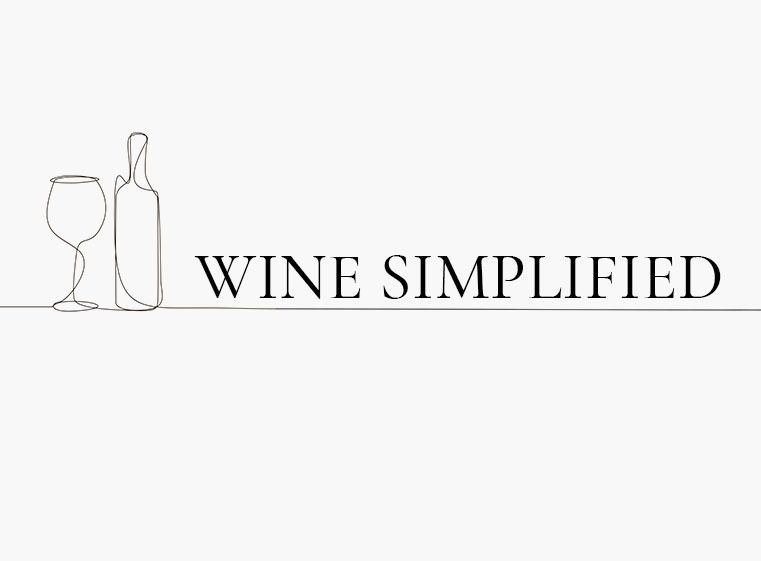Wine Term: Angular
Variations: Lean, Thin
What it really means: the wine shoots straight through the center of the palate to the back of the mouth, generally the finish feels centered as well.
This is the opposite of a round, smooth, or fleshy wine. Painting in broad strokes: a California Chardonnay that is oaked will generally feel round in the mouth, while a Sancerre (French Sauvignon Blanc) will be much more angular.
In some ways this references a noticeably higher acidity level in the wine, yet it’s not a description for the acidity alone. It’s a combination of the brighter acidity, flavors being focused through the center of your tongue, and generally speaks to a drier finish, keeping those flavors concentrated through the center of the olfactory.
In some cases, speaking of a wine being ‘angular’ also references a bit of youth in the wine. As wines age, even the sharper, brighter varietals begin to relax and become more round (reference: a 3 year-old Riesling vs. a 20 year-old Riesling).
Angular wine is not necessarily a bad thing, even when referencing the youth of a wine, as certain varietals are sought after for their more angular stylings and drank youthful with the intent of capturing that experience. Some good examples are: Trocken Riesling from Germany, Sancerre, White Bordeaux, California and New Zealand Sauvignon Blanc (not Fumé Blanc – that’s a more ’round’ styling), California Rieslings, Unoaked New World Chardonnay, some Chablis wines (generally unoaked, cement aged stylings), Austrian Grüner Veltliner, Proveçal Rosés, and Greek Assyrtiko.
An angular characteristic in a wine not only comes from varietal or youth, but also soil composition and growing climate (terroir, if you will).
All that said, if you’re drinking a Napa Cab and it’s angular, that may not be a good thing. That would indicate the wine needs to be laid down for a few years to flesh out a bit.
How to effectively use it:
Just don’t say the wine tastes “sour” – you might get some funny looks from folks. While those may be the receptors that kick in most noticeably for angular wines, if you take a moment to notice all the other aspects of the wine, you may find enjoyment in drier, more angular wines by the end of the day (if you don’t already).
Bad idea: “This wine is sour.”
Better approach: “This wine seems a bit angular.”
Best approach: “In its youth, I absolutely love the angular character on the wine, but I’d be curious to know if you had an older, more rounded out expression of this wine?”
We’ve played this game before. Yes, you just asked for a special pour if it’s available. Fear not, you just did it in style, so no harm in trying!

